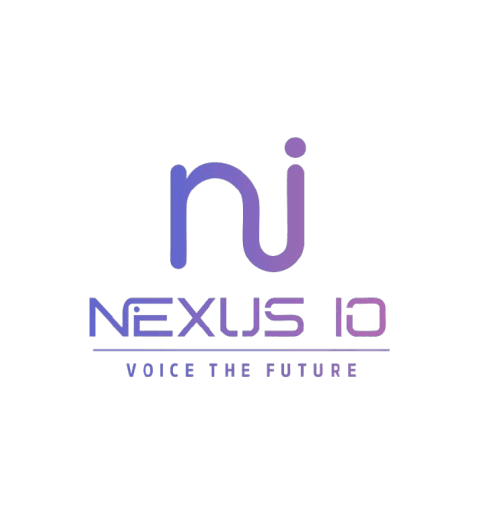AI vs Traditional Customer Service: A Comparative Analysis
Introduction to AI and Traditional Customer Service
In today's rapidly evolving business landscape, customer service remains a critical component of company success. With advancements in technology, businesses are faced with the choice of adopting Artificial Intelligence (AI) systems or sticking with traditional human-based customer service. This comparative analysis seeks to explore the benefits and challenges of both approaches.
Understanding the differences between AI and traditional customer service can help businesses make informed decisions about which method best suits their needs. Each has its own set of advantages and limitations, which can significantly impact customer satisfaction and operational efficiency.

Efficiency and Availability
AI-Powered Customer Service
One of the most significant advantages of AI in customer service is its efficiency and availability. AI systems, such as chatbots and virtual assistants, can operate 24/7 without fatigue. They can handle a vast number of inquiries simultaneously, providing instant responses to common questions and freeing up human agents for more complex issues.
Traditional Customer Service
On the other hand, traditional customer service relies on human agents who work in shifts, limiting availability to specific hours. While humans may not match the speed of AI in handling routine queries, they excel in providing personalized and empathetic interactions, which can be crucial in resolving more nuanced or emotionally charged issues.

Personalization and Human Touch
Advantages of Human Interaction
The human touch in customer service is irreplaceable for many. Skilled agents can understand and empathize with customers, adapting their responses to the emotional tone of the conversation. This personal connection can greatly enhance the customer experience and build loyalty.
AI's Personalization Capabilities
AI systems are increasingly adept at personalization through data analysis and machine learning. They can customize interactions based on customer history and preferences, offering targeted solutions and recommendations. However, the lack of genuine empathy can be a drawback when dealing with sensitive situations.

Cost Implications
Implementing AI-driven customer service solutions often involves significant upfront costs due to software development and maintenance. However, over time, these systems can reduce operational expenses by automating repetitive tasks and minimizing the need for large teams of human agents.
Conversely, traditional customer service may have lower initial setup costs but can incur higher long-term expenses due to salaries, training, and turnover. Balancing these cost factors is essential for businesses aiming to optimize their customer service strategy.
Conclusion: Finding the Right Balance
In conclusion, both AI and traditional customer service have unique strengths that can benefit businesses in different ways. By understanding the capabilities and limitations of each approach, companies can tailor their customer service strategy to meet their specific needs.
For many organizations, a hybrid model that combines the efficiency of AI with the empathy of human agents may offer the best of both worlds. This approach can ensure that routine queries are handled swiftly while more complex issues receive the personal attention they deserve.

